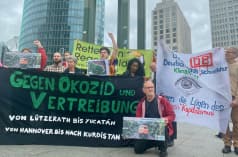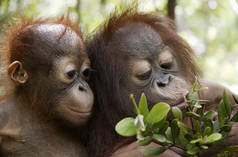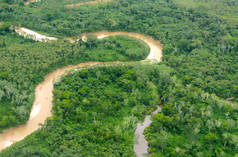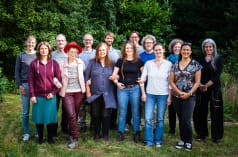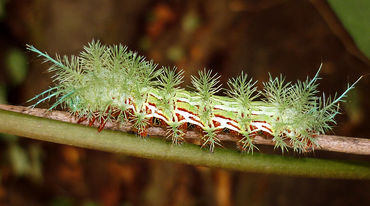Agriculture drives more than 90 percent of tropical deforestation
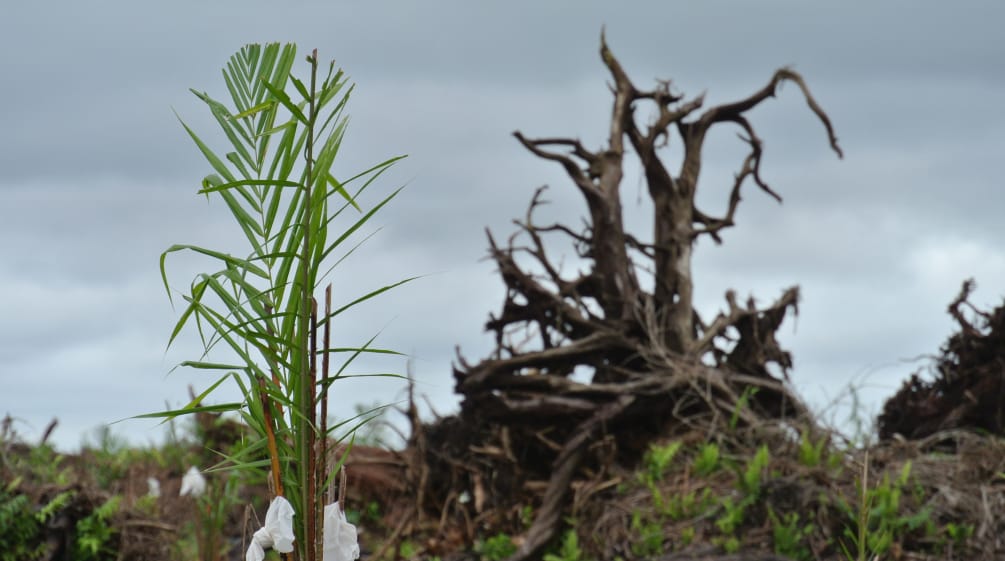 Malaysia’s forests are being destroyed for oil palms. (© Rettet den Regenwald / Mathias Rittgerott)
Malaysia’s forests are being destroyed for oil palms. (© Rettet den Regenwald / Mathias Rittgerott)
Sep 12, 2022
According to a new study, more than 90 percent of tropical deforestation is driven by agriculture. However, a large part of the land is not planted or grazed, but remains unused.
An international study published in the journal Science puts the direct and indirect contribution of agriculture to forest destruction at 90 to 99 percent. Previously, the figure had been estimated at 80 percent. Yet only between 45 and 65 percent of the forest land destroyed is subsequently used to expand agricultural production.
“A big piece of the puzzle is just how much deforestation is for nothing,” observed Prof. Patrick Meyfroidt from UCLouvain and F.R.S.-FNRS in Belgium: “While agriculture is the ultimate driver, forests and other ecosystems are often cleared for land speculation that never materialized, projects that were abandoned or ill-conceived, land that proved unsuitable for cultivation, as well as due to fires that spread into forests neighboring cleared areas.”
Just a handful of commodities account for the majority of deforestation – palm oil and meat, as well as soy, which is used primarily as livestock feed.
The study’s practical conclusions for tropical forest conservation are that while deforestation-free international supply chains have their role to play, results are more likely to be achieved through interventions in deforestation risk areas that focus on strengthening sustainable rural development and territorial governance.
